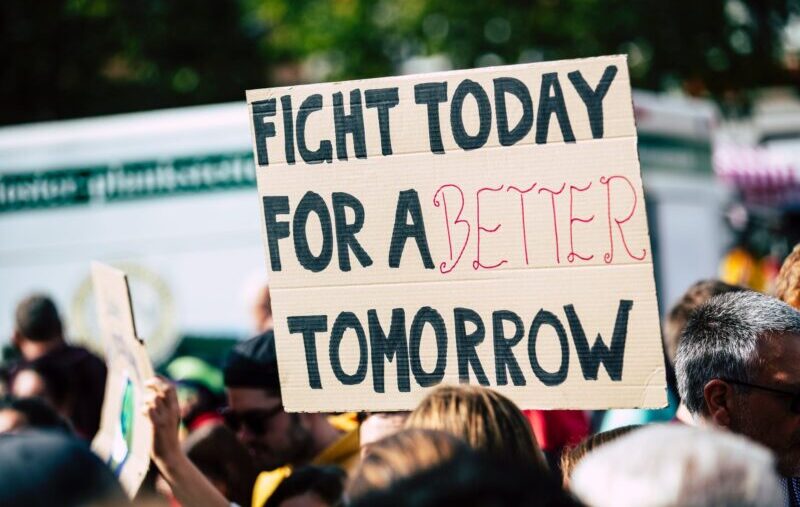The following post was written by Renee Smith and first appeared on the Make Work More Human blog on 10/24/2017. In it, Renee explains the origins of the Make Work More Human movement which she leads as the Director of Workplace Transformation at ‘Results Washington’ for the State of Washington.
I am posting it on my site for two reasons. First, Renee is an exceptional leader and her work deserves to be widely known, understood and replicated. Second, she was kind enough to speak to my Management class at Cal State San Marcos this week while in town for another speaking engagement and I want to publicly thank and acknowledge her for doing so.
To be “human” at work is to be in our natural state. It is neither an exception nor an abstraction. It is the best of us. And the closer we get to integrating our complete humanity with the necessary demands of organizational process and efficiency, the closer we will be to building workplaces that have the ability to become unstoppable forces for positive change.
Not only do we deserve this, but it is in our power to create it.
– DCB
Chris Liu and I were deep in discussion. Chris is director of the Department of Enterprise Services, our state’s central services agency, and I direct Lean Transformation Services for DES. As an agency we are pursuing a human-centered way of working that trusts employees to make things better for customers every day. We want every aspect of the organization to be coherent with that philosophy. This is a big undertaking, and we are committed to pursuing this.
Chris and I were preparing for a short talk, an introduction really, at the state’s annual Lean Conference. We would be introducing two of our teams to share their inspiring stories to an audience of about three hundred. I was helping Chris nail down a clear focus for our introduction.
“Chris,” I asked finally, “what is the most important job of a leader?”
Without missing a beat, he replied, “To eliminate fear from the workplace.”
Thunder boomed! “That’s it,” I thought, stunned. “That sums up exactly what we’ve been trying to do these last few years at DES. That’s why our teams have stories to share. Chris has been on a quest to fulfill this job as a leader and to show others how as well.”
We named the workshop session “Eliminate Fear.”
But this one conversation with Chris raised more questions for me than it answered. Reflection and dialogue with others made it clear that eliminating fear to create safety is only half the story. What is it that increases to create safety? Some insisted it was courage. Others freedom. All worthy ideas but they did not ring true for me. The thing I now believe that eliminates fear and creates safety at work?
Love.
That’s right, love.
Psychologists sort human emotional experience into two primary categories, fear and love. All other emotions cascade from either fear or love. Understanding this helps us make more sense of and respond more effectively to any of the other emotions we either experience ourselves or encounter in others. An angry or violent child’s emotions can be sourced back to fear. The limbic root of belonging or respect? Love.
At the conference, we opened the workshop with Chris proclaiming that leaders must eliminate fear if they want to see results like our teams are getting. And then I brashly declared that increasing love will help eliminate fear.
Could have heard a pin drop. Nervous laughter. Shuffling. Had I really just said the “L word” in a government sponsored Lean conference?
I reminded the audience that love is human. We all need to know we belong, that our contributions matter. We need to know that we are safe to step out and take risks to improve. When people feel loved at work, they can love their customers and respond to their needs with improvements to safety, cost, time, and quality. A more loving workplace creates the conditions for a Lean culture.
And then…spontaneous applause! And later, comments in the halls, and emails of thanks. People stopped me weeks later to discuss this idea of love at work. I was on to something important.
Since then I’ve sought to understand this outpouring of love for the idea of love at work. There’s research. There’s writing. There’s work with leaders and teams. There’s a community.
And now there’s you too. Welcome to the conversation.
I love that you are here.
Please follow Renee Smith and her work at Make Work More Human. And please work to eliminate fear in your workplace and replace it with love.
DAVID BERRY is the author of “A More Daring Life: Finding Voice at the Crossroads of Change” and the founder of RULE13 Learning. He speaks and writes about the complexity of leading in a changing world. Connect with him on Twitter at @berrydavid.




